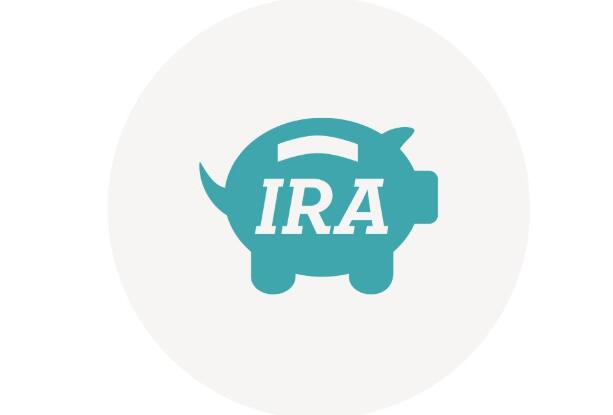IRA Contribution Rules

Traditional and Roth IRA contributions are the same, but IRA contribution rules are likely to vary from year to year, and you should periodically review the contribution rules and income rules to ensure that you are eligible to participate and contribute properly.
SECURE Act changes retirement requirements and minimum withdrawal requirements (RMD) in 2020
If you are 70.5 year-old after 31 December 2019, you can wait until you reach the age of 72 before starting to withdraw RMD from your retirement account. There are many more changes that may affect your retirement savings.
Additional contributions
Starting in 2020, you will be allowed to make additional contributions by the age of 50. The supplement is usually added to the normal contribution by an additional $1,000.
Contributions from the previous year
If you did not have enough contribution limits in the previous year, the IRS allows you to make the current year's contribution and use it for the previous year, provided that you make the contribution before the tax filing deadline (usually April 15).
Traditional IRA contribution rules
Contribution tax credits are based on income and participating in a sponsored retirement plan.
Traditional IRA contribution rules are based on two age groups:
Normal contributions under 50 years old can be made
Additional contributions will be available after the age of 50 from the beginning of 2020
Roth IRA Contribution Rules
The Roth IRA contribution rules are based on age and income, and contributions are not tax deductible.
The Roth IRA contribution rules are divided into two stages based on age:
Normal contributions are available for children under 50 years old.
Additional contributions are available for over 50 years old.







